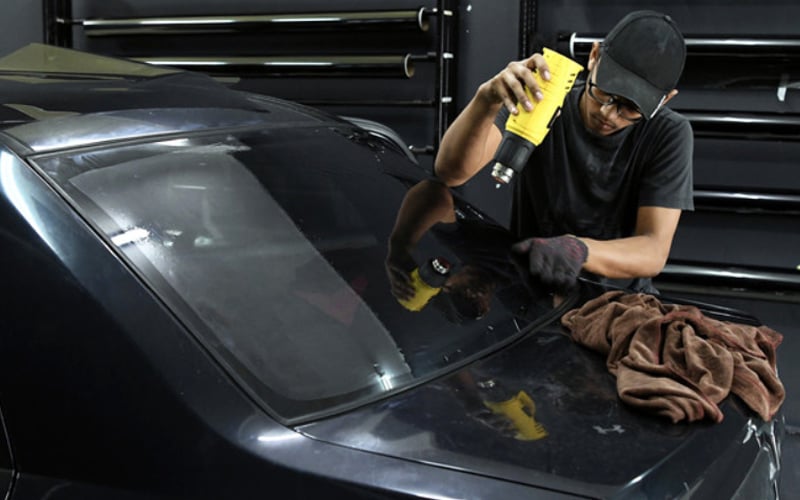
PETALING JAYA: The road transport department (JPJ) has warned drivers against violating window tinting regulations, with offenders risking fines and even imprisonment.
JPJ said the Motor Vehicles (Prohibition of Certain Types of Glass) Rules 1991, which was amended four years ago, now require the visible light transmittance (VLT) of a vehicle’s front windscreen to be no less than 70%, and at least 50% for the front side windows.
Motorists who violate these regulations may be fined up to RM2,000 or jailed for up to six months for a first offence. For subsequent convictions, they can be fined up to RM4,000 or jailed for up to 12 months.
However, the regulations place no limit on the VLT of a vehicle’s rear side windows and rear windscreen, JPJ said.
Tinting thinking
Tinting restrictions are set to maintain unobstructed driver visibility and ensure road safety, Malaysian Institute of Road Safety Research (Miros) chairman Wong Shaw Voon said.
“The rule for the front windshield says it must let in at least 70% of the light because that’s where drivers look the most, they need a clear view to see potential dangers.
“The front side windows need 50% VLT to see well because things can come from the sides.
“The back side windows and rear windshield can be at a 0% level of VLT because drivers mostly focus on what’s in front,” Wong told FMT.
Who do the rules apply to?
The rules apply to all car drivers, with a few exceptions, Universiti Putra Malaysia road safety expert Law Teik Hua said.
“Certain exemptions are granted for medical reasons, such as motorists requiring reduced exposure to sunlight.
“To do this, they must obtain a recommendation from a medical specialist and submit it to the JPJ,” he said.
Law said exemptions may also be granted for safety reasons, adding that tinting regulations were based on British standards, which place a high priority on safety and security.
“Although there may be some differences in comparison with other countries such as Japan and China, the regulations in all of these countries ultimately share the same objective of improving safety and security,” he added.
Checking VLT levels
The most reliable method for assessing tint darkness is to inspect the VLT percentage, which measures the quantity of visible light that can pass through a tinted window, Law said.
“Motorists can do this by referring to the tint film manufacturer’s documentation or packaging, which should give details.
“If the documentation indicates that the tint film used complies with local regulations, it is likely to fall within acceptable darkness levels,” he said.
Alternatively, they can visit automotive shops equipped with a VLT meter. “They can measure the VLT of your tinted windows for you,” he added.
Strict enforcement needed
In response to an FMT survey highlighting the sale of tinted film on e-commerce platforms, Law said the results show that many businesses are not focused on ensuring adherence to the law.
“Low compliance rates can largely be attributed to the perception that enforcement is lenient. As a deterrent, it is vital law enforcement agencies remain vigilant through regular roadblocks and inspections to enforce tint regulations,” he said.
The government should also regulate workshops by implementing licencing requirements and quality standards, and imposing penalties on those who fail to adhere to them, he added.
“These penalties may encompass fines, the suspension of licences, or even the closure of the shop,” Law said. - FMT



No comments:
Post a Comment
Note: Only a member of this blog may post a comment.